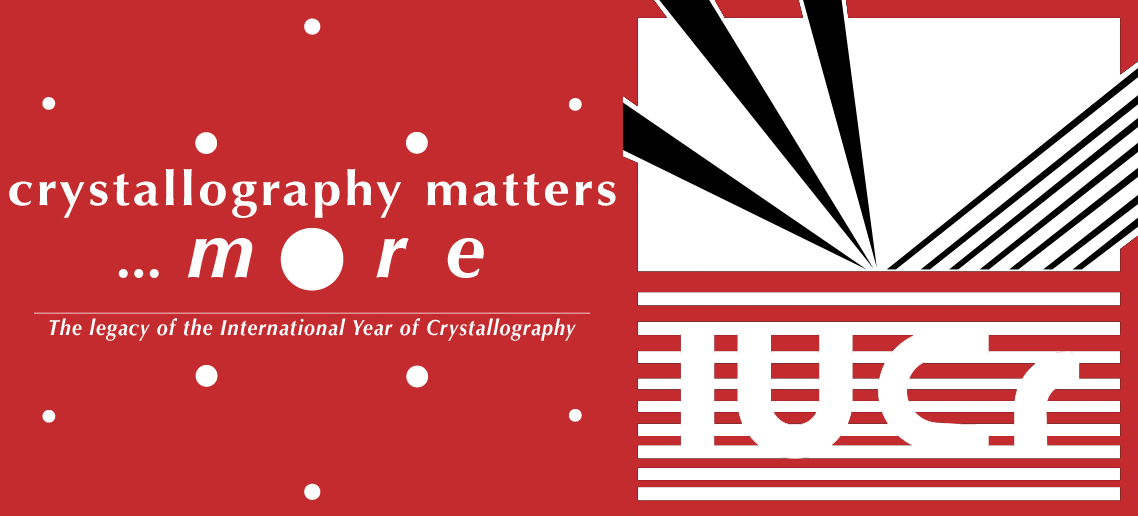issue contents
January 2024 issue

Cover illustration: Tellurium/oxygen-containing heterocycles have received significant attention as potent enzyme inhibitors and antioxidants. While [1,4]oxatelluranes have been known for over seventy years, [1,3]oxatelluroles have remained unknown, making 5,6-dimethylbenzo[d][1,3]oxatellurole the first member of this class. Both independent molecules are folded along their Te⋯O axes, with an average angle φ = 25.1° between the Te–C–O planes and the remaining non-hydrogen atoms. A Hirshfeld plot indicates a weak intermolecular interaction between the two tellurium atoms in the asymmetric unit. See: Ponzo, Turner, Fronczek & Junk [IUCrData (2023). 8, x231076]
inorganic compounds


 access
accessmetal-organic compounds


 access
access

 access
access

 access
access

 access
access

 access
access

 access
access

 access
accessorganic compounds


 access
access

 access
access

 access
access

 access
accessaddenda and errata
 access
access
 journal menu
journal menu
























![[publCIF]](/logos/authorchecklist11.gif)





